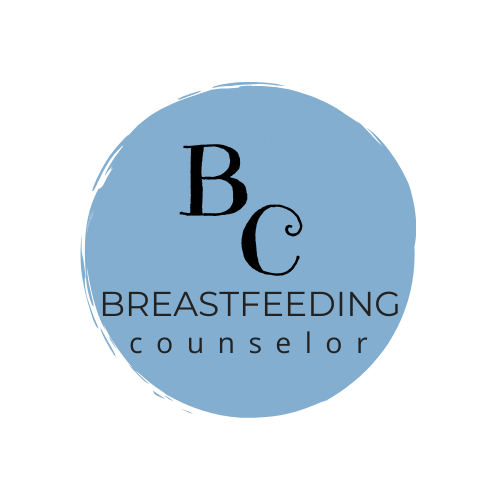Calling all pumping mamas! Have you ever stopped to wonder why your breast milk separates? It’s a fascinating phenomenon rooted in the science of lactation. Let’s dive deeper into the intricacies of breast milk composition and why it behaves the way it does.
Understanding Breast Milk Composition
First things first, let’s break down what breast milk is made of. Breast milk is primarily composed of water, making up about 88% of its content. The remaining components include essential nutrients like carbohydrates, fats, proteins, and various other beneficial elements such as enzymes, stem cells, and immunoglobulins. This unique blend of ingredients contributes to the remarkable properties and benefits of breast milk for your baby’s health and development.
The Role of Fat in Breast Milk
One of the most distinctive features of breast milk is its perfect fat content, tailored specifically to meet your baby’s nutritional needs. This fatty, creamy milk tends to separate from the watery portion and rise to the top, creating visible layers within the milk.
Contrary to popular belief, you cannot significantly alter the fat content of your breast milk based on your diet. Instead, the fat content is more closely related to where the milk is stored within the breast. This explains why the milk towards the end of a feeding session tends to be richer and creamier—it’s coming from the higher storage areas in the breast.
Understanding the Separation Process
Have you ever noticed that breast milk separates more noticeably when left to settle? This is because the fat globules naturally rise to the top as the milk sits. Interestingly, if you were to pump a small amount of milk, you might not observe as much separation compared to when you collect a larger volume.
Comparison with Cow’s Milk
You may wonder why breast milk separates while homogenized cow’s milk, found in stores, does not. The key lies in the processing methods. Breast milk is not homogenized like traditional pasteurized milk, which undergoes a process to evenly distribute the fat globules throughout the liquid. Similarly, raw cow’s milk will also naturally separate if left undisturbed.
The Myth of Dietary Influence
Despite common beliefs, consuming foods high in fat will not significantly increase the fat content of your breast milk. Your body regulates the fat content based on the needs of your baby, rather than your immediate dietary intake. Therefore, focusing on maintaining a balanced and nutritious diet is key to supporting your overall health and well-being, as well as providing quality milk for your baby.

In conclusion, breast milk separation is a natural and fascinating process rooted in the science of lactation. Understanding the composition of breast milk and the factors influencing its separation can help breastfeeding mothers feel more confident in their feeding journey. Remember, trust in your body’s ability to provide the best nourishment for your little one, and don’t hesitate to seek22 support or guidance if you have any concerns about your milk supply or composition.



Recent Comments